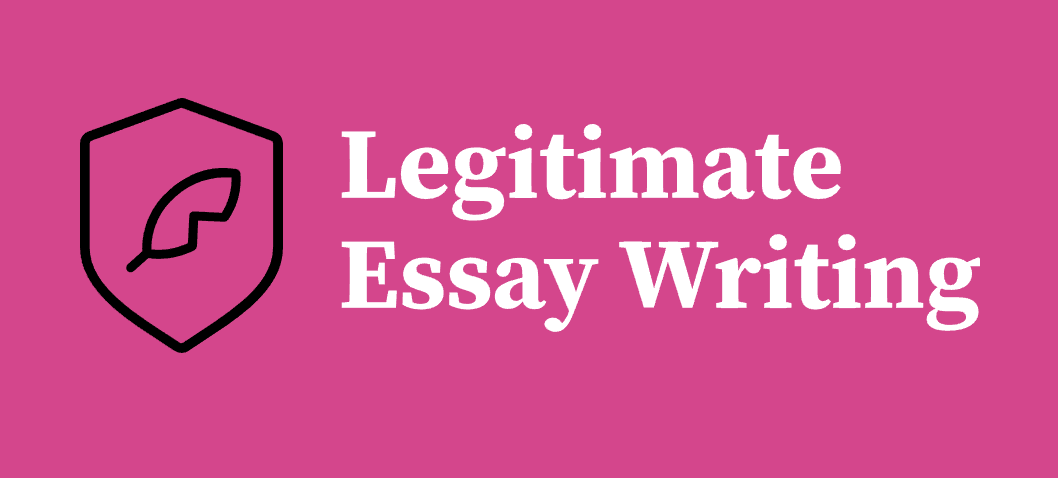If your growth outpaces your ability to support it, it isn’t success – it’s a liability. True success is not just measured by how quickly you grow, but by how well you can maintain that growth without causing damage along the way. This is where the concept of sustainable growth comes in: achieving progress without collapsing under your own weight.
However, this aspect is often overlooked: companies rarely achieve this alone. Behind every long-term growth story, you’ll usually find a web of strategic partnerships working quietly in the background. These are not vendors or temporary fixes; they are partners. They bring something you don’t yet have, without disrupting what you’ve already built.
So, if you’re wondering whether your team can move faster without compromising quality or expand without causing chaos, the answer might not be to make more internal hires. It might be choosing smarter allies. From specialised tech firms and QA support to logistics providers and co-marketing partners, the right collaboration does more than just fill a gap. It compounds your potential.
In this article, we’ll break down how to spot and shape these smart partnerships, what to look for and what to avoid, and how to structure them to benefit both parties in the long term. Because if you want sustainable growth, you need more than ambition. You need the right people beside you.
The Strategic Value of the Right Partnerships
A smart partnership does more than just fill a resource gap – it reshapes what’s possible. It’s the difference between outsourcing and collaboration. At its core, a strategic partner shares your values, complements your strengths and invests in your success as if it were their own.
When your partner understands what you are building and why it matters, decisions are made more quickly. Execution improves. Risk decreases. Rather than managing friction, you’re solving real problems. This kind of synergy isn’t accidental; it’s built on mutual trust and a shared vision of your future.
Smart collaborations have fuelled some of the most impressive growth stories. Consider how Netflix leveraged Amazon Web Services to scale content delivery while allowing internal teams to focus on product and content development. Or consider how Shopify has enabled thousands of direct-to-consumer (DTC) brands to remain agile by offering built-in integrations with third-party logistics providers. These weren’t fleeting vendor relationships; they were growth enablers.
The real kicker? The right partner can often see around corners that you can’t. A QA and testing services provider isn’t just there to squash bugs. They identify risks before your customers experience them, giving you the confidence to ship faster and iterate smarter.
So, if you’re aiming for sustainable growth, the question isn’t whether to partner up, but who to partner with. It’s how carefully you choose who’s in the boat with you. Because the wrong ones slow you down. The right ones build momentum.
Building Partnerships That Fuel Long-Term Success
Sustainable growth isn’t just about finding the right partner; it’s about growing alongside them. Long-term partnerships thrive on three things: clarity, transparency and adaptability.
Firstly, clear communication is essential. You need shared goals that everyone can rally around and regular check-ins to ensure that expectations are met. Misalignment can kill momentum faster than market shifts ever could. Whether you’re launching a new feature or expanding into new regions, having a partner who is aligned with your roadmap reduces churn, both in terms of your product and your people.
Secondly, data transparency keeps partnerships accountable. Performance tracking isn’t just a tick-box exercise. It’s how you spot friction early on, build on what’s working well and respond quickly without constantly putting out fires. When working with a team providing outsourced QA services, for example, access to clean, structured testing data enables product and engineering teams to swiftly make informed decisions without compromising stability.
Thirdly, it is flexibility that distinguishes a partnership from a contract. Businesses evolve – your partners should too. Those that can adapt with you during downturns or grow alongside new channels are the ones worth keeping. While static relationships may initially feel stable, they become bottlenecks when the pace picks up.
Smart partnerships reinforce your sustainability operationally, financially and competitively. You’re not just buying time or coverage. You’re building a growth infrastructure that won’t crack under pressure.
Conclusion
Sustainable growth doesn’t come from going it alone. Rather, it is the result of deliberate choices about who you work with, how you share responsibility, and the value you are trying to create together. While a strong product or service may get you noticed, it’s your ecosystem – your network of smart, strategic partnerships – that keeps your business relevant and resilient.
The truth is that real growth rarely follows a straight line. It requires support systems that can bend without breaking, partners who highlight your blind spots, and mutual trust that extends beyond the next milestone. That’s why smart partnerships aren’t shortcuts. They’re structural. They help you to scale up without overextending yourself, to innovate without burning out and to evolve without losing your competitive edge.
So here’s a nudge: take a look at your current collaborations. Which ones are actually helping you move forward, and which ones are just taking up space? If consistent, adaptive growth is key to the future of your business, the right partnerships aren’t optional. They’re the groundwork.










